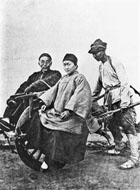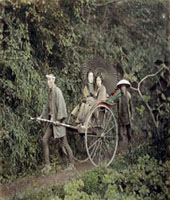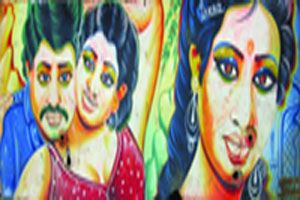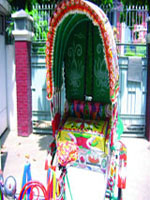A little history about rickshaw


As a mode of transport rickshaw was first introduced in Japan in the early twentieth century. This mode of transport became particularly popular there due to the Second World War situation, which made petrol and motorised transport scarce and expensive. Japan, however, had soon replaced rickshaw, nintaku in Japanese, with motorised vehicles and by the 1950s the cycle rickshaw had disappeared from Japan. There were also rickshaws in china at that time.In the 1930 and early ’40s rickshaw became popular in Indonesia, Singapore and other Southeast Asian countries. Rickshaw is said to have reached Chittagong from Myanmar in 1919. Interestingly, rickshaw did not spread out to Dhaka and other cities of Bangladesh from Chittagong. Dhaka got rickshaw from Calcutta, where it was first introduced around 1930. European jute exporters living in Narayanganj and Netrokona (in Mymensingh) had first imported cycle rickshaw from Calcutta in 1938 for their personal use. The new vehicle roused great curiosity among the people of Dhaka, who were traditionally used to horse carriages, palanquins and city-canal boats.
Peoples’ art

Simple but eye catching

Art moving by on wheels needs to be bold and eye-catching. Rickshaw artists aim to decorate the vehicles with as much drama and colour as possible, and paint images that are both simple and memorable.
Blaze of colours

Rickshaw is not only moves with the passenger and other load, but it moves with a museum full of folk arts. Every inch of the Rickshaw is well decorated with paintings, tassels, tinsel and colourful plastic and hood works. Rickshaw hoods, foot holds, seats and in the back side, even in frame and in chassis there is a sign of art. A painted rectangular metal board at the backside, between the two wheels, leaves a trail of passion that the Rickshaw artist puts in his creations. In a word a Rickshaw of Bangladesh is a burn of colours.